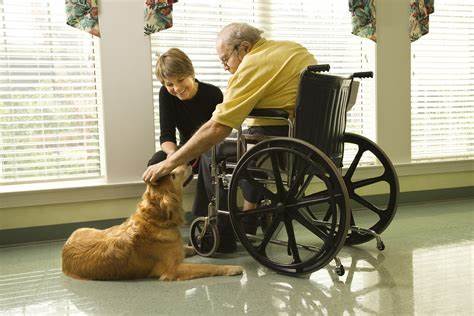Pets to the Rescue

Since we were little, we have relied on cuddling with our stuffed animals or cuddling with our pets to get through stressful situations at home. Who do we most frequently turn to when we need comfort? Our animals. There was always a pet in our family, whether it was a dog, a cat, a lizard with scales, or even a horse.
Consider becoming a pet or animal-assisted therapist if you enjoy dealing with animals and helping people deal with their problems. Animal-assisted therapy and other practices are the broad term “pet therapy.”
Using dogs or other animals, such as cats, birds, fish, guinea pigs, and horses, animal-assisted therapy (AAT) helps individuals recover from or better manage health issues like heart disease, cancer, and mental health disorders.
When It First Started
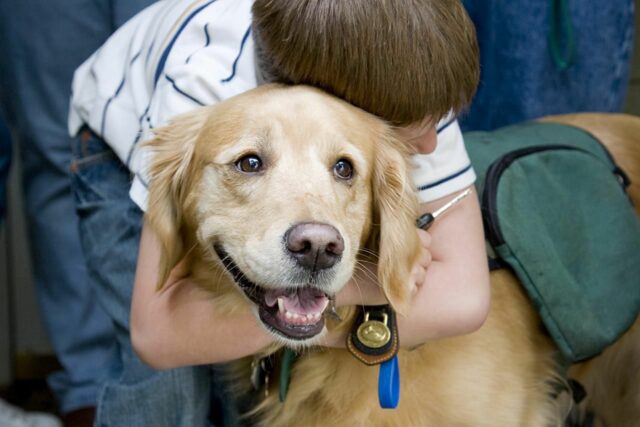
Dr. Sigmund Freud adopted AAT in the 1930s when he started utilizing his beloved dog Jofi in his psychotherapy sessions. Jofi could sense stress in a person by remaining near to them.
Respected child psychotherapist Dr. Boris Levinson discovered that a nine-year-old nonverbal boy had interacted with his dog Jingles when they were sitting together during a psychotherapy session in the 1960s. He saw the same outcomes in other kids as well.
In 1989, the Delta Society, a well-known animal education organization called Pet Partners now, devised a certification scheme to ensure animals are skilled in giving AAT. Later, he authorized Pet-Oriented Child Psychotherapy and became recognized as the “father of AAT.”
The use of animals in therapy dates back to the early 1990s. With a very optimistic view, it is currently gaining popularity. The number of therapists and therapy assistants was expected to increase about 27% faster than the national average over the ensuing ten years.
More healthcare facilities are now providing their patients with alternative medicines, according to a 2011 CDC research. These pet-assisted activities boost a client’s quality of life by offering comfort, inspiration, education, fun, or entertainment.
Twelve therapy dogs were employed to console the terrified schoolchildren who witnessed the atrocity in Uvalde this past May.
How It Works
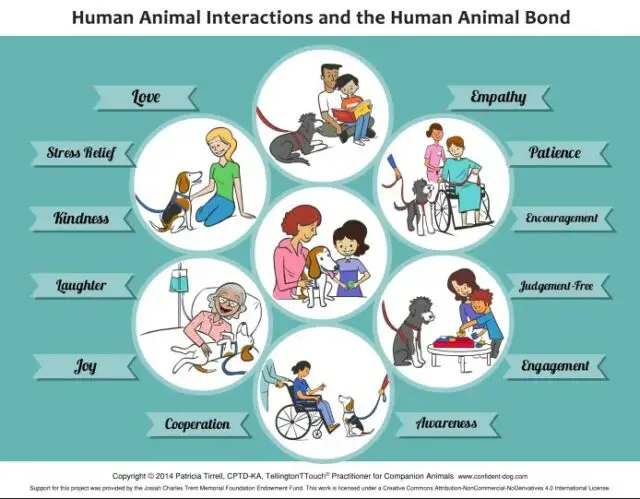
These companion therapy animals warn people of impending danger and, if necessary, take immediate action to improve their situations. The objective is to assist these individuals in managing or, if feasible, reducing their symptoms.
Animal therapy creates a link between humans and animals that calms the patient. This relationship helps to lessen boredom, promote movement and activity through walks and play, reduce loneliness and provide companionship, improve social interactions, and enhance mood and general well-being.
Overall, those who use pet therapy experience less stress and have more stable mental and emotional states.
Healing Hands and Calm Paws
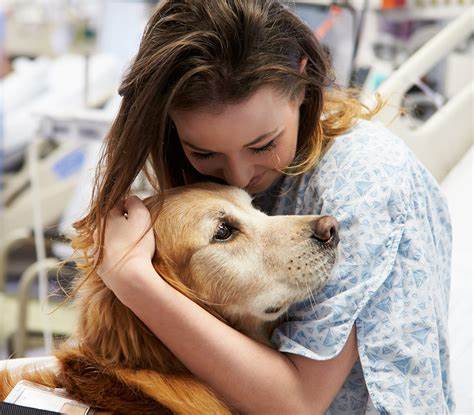
A patient would have a smile spreading over their face, feel less worn out, and have a positive outlook following a pet therapy session. According to studies, it lessens pain, anxiety, despair, and weariness in persons with health issues. The advantages of AAT for your mental and physical health are numerous. It lowers stress and anxiety levels, blood pressure, and aggression boosts self-esteem and improves emotional awareness and self-regulation.
Additionally, it lessens isolation and despair, strengthens your immune system, increases social support, increases trust and dependability, and encourages constructive verbal conversation.
Numerous objectives in animal therapy rely on the patient’s needs and the therapy’s target. In addition to providing comfort and security, lowering pain levels, improving assisted, independent, or joint movement or motor skills, fostering social and behavioral skills and self-worth, and increasing motivation to engage in activities such as exercise and social interaction, as well as continuing therapy sessions, are just a few examples.
When a peaceful animal is present, it enhances the atmosphere. A therapist may occasionally plan a special intervention in which the client and the animal engage in some way to achieve a predetermined objective.
Children, teenagers, and seniors may find communication easier and have less anxiety or resistance when a therapy animal is around.
Additionally, studies have indicated that pet therapy sessions lessen the risk of stroke, heart disease, and depression while increasing patient satisfaction, energy levels, self-esteem, and mood. Without the need for anesthesia or other pharmaceuticals, children participated in medical procedures like MRIs using pet therapy.
Who Can Benefit from AAT?
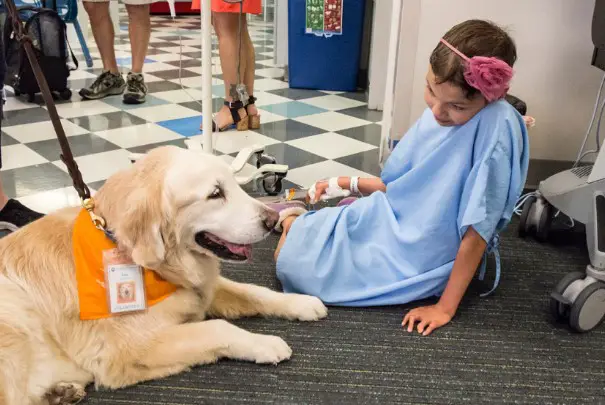
According to research, people with various physical and mental health issues and disorders that are indicators of mental health have benefited from animal-assisted therapy:
- Stress
- Anxiety, Phobias, and Discomfort
- Depression, Loneliness, and Isolation
- Autism spectrum disorder
- Attention Deficit Hyperactivity Disorder (ADHD)
- Addiction to Drugs and Reliance on medications
- Bipolar Disorder and Mood Disorders
- Schizophrenia and other Cognitive disorders
- Emotional and behavioral problems in children
- Alzheimer’s Disease and Dementia
- Some medical conditions like Cancer
- High Blood pressure and Cardiovascular Disease
- Fatigue and Grief
- Chronic Illness and Pain
- Post-Op Pain
- Epilepsy and Learning Disorders
- Heart failure
- Recovery after a major stroke or another condition that causes them to lose their motor skills.
- Head injury
- Psychotherapy resistance
- Sexual Disorders
- Tic Disorders
- Trauma
AAT also aided veterans with post-traumatic stress disorder, kids getting dental work, and residents of long-term care institutions.
Lend a Paw
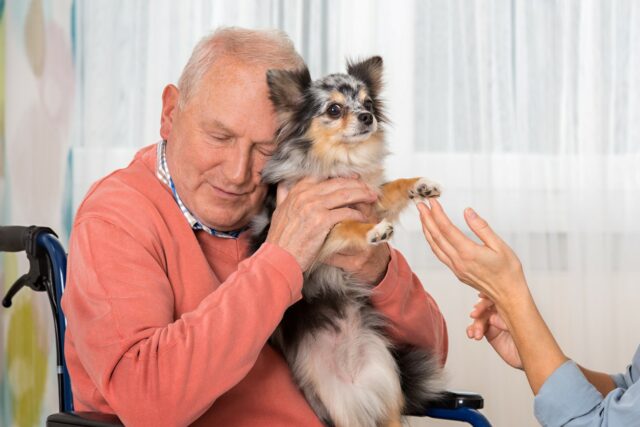
You would need to complete training and obtain a certification with your dog if you were interested in working as a pet therapist. For this kind of voluntary job, dogs need to have some basic training to have good manners, social abilities, and exposure to various environments. Your neighborhood Petco provides a training course to prepare your dog for the widely respected AKC Canine Good Citizen Test.
Therapy dogs must be at least one year old, sociable, kind, patient, self-assured, and relaxed in all circumstances.
They enjoy interacting with people and don’t mind being touched, petted, or snuggled.
There are no formal requirements for training, certification, registration, or documentation if you already have a trained house pet. An observer evaluates the dog’s manners, disposition, and handler abilities.
Following the handling test, the dog handler is observed during three visits with hospital patients. The handler becomes a treatment team if they pass the tests and submit the required papers.
Interested in working as an animal-assisted therapist? Several universities offer distance learning certification programs online. To be qualified, it may take you at least a year or two.
Source: Pet Helpful
Images from Google

